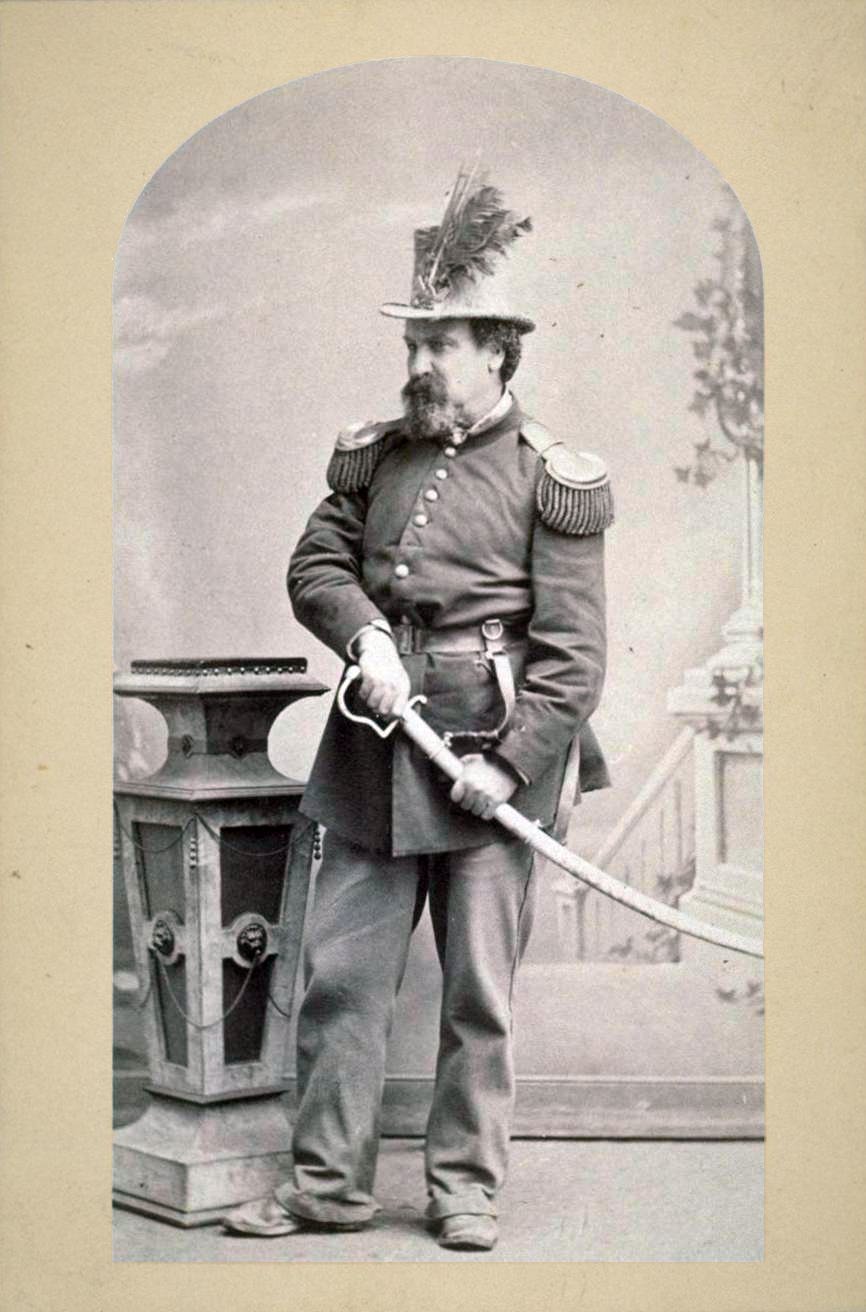This is the rare case of something people say all the time which is actually true. I think that it goes double for people with an eye towards writing fiction.
Tonight I want to talk to you about a subject near and dear to my heart. Eccentrics. Cranks. Weirdos. Kooks. I'm particularly partial to that last adjective. As a writer you should know these people. A simple conversation with a kook can produce enough ideas to launch a thousand novels. But you must be careful. Everybody is weird in some way, and while that's interesting in and of itself, what you need as a writer are olympic grade weirdos.
Britain, is of course far ahead of the Americas in eccentricity. To be fair they had a bit of a head start. The Protein Man is an excellent example. He walked the street in London town, advising couples against eating too much protein as he felt it promoted lust. See his complete pamphlet here on Flickr. The Protein Man is referenced in Robert Rankin's The Da-Da-De-Da-Da Code, in which the Protein Man's printing press which is housed in the Gunnersbury Museum provides a vital clue. Rankin also frequently mentions Count Dante, the deadliest man alive in many of his novels. Count Dante's old advertisements may be seen here and here.
I'll concede that Count Dante may not qualify as a kook per se, but he is certainly a notable character. Being knowledgeable about these subjects gives Mr. Rankin a ready supply of good characters, artifacts and settings. I think the author himself is a bit strange, or an excellent showman . Perhaps both. The videos below are excellent evidence.
Robert Rankin's works are also fun to ask for at American bookshops. With titles like The Sprout Mask Replica, Armageddon the Musical and Nostradamus Ate My Hamster. I say ask because they are incredibly difficult to find in America. Barnes and Noble has his work sporadically though. You can find out more about Robert Rankin here.
When people think of Joshua Abraham Norton, they think of him as an American. However this is incorrect, he was born an Englishman though the exact date and location of his birth have been lost. Joshua Norton has been written about by quite a few people, but the ones I am most familiar with include:
- Neil Gaiman in The Sandman comic book series, specifically in Three Septembers and a January
- Mark Twain in The Adventures of Huckleberry Finn, Norton inspired the King.
- Tim Powers in Earthquake Weather.
- Robert Anton Wilson in The Illuminatus Trilogy
- Kerry Thornley in The Principia Discordia
- Kenneth Hite wrote a column in Steve Jackson Games Pyramid magazine 1/29/99 dedicated to Norton and the symbolism surrounding his life.
More properly known as Emperor Joshua A. Norton I, Emperor of the United States and Protector of Mexico started out as a mere successful businessman in nineteenth century San Francisco. He cornered the market on rice just in time for a large shipment from South America to wipe out his fortunes. He was wiped out. After disappearing for a time, he returned to the city and crowned himself Emperor. Though a mad man, he was humored by an entire city. He demanded and received a suit of royal finery from the Presidio army base, which he is usually portrayed wearing. He ate free in area restaurants. He minted his own currency and his proclamations were printed free of charge in the city's newspapers. The newspapers even created a few of their own. Upon his death over three thousand people attended his full masonic funeral.
I believe I can even see the Emperor's features in Uncle Sam from John Kessel's Good News from Outer Space. This scene takes place in a bus station in an economically devastated America.
"The only person left out there was a man dressed in a navy blue swallowtail coat over red and white striped trousers that were too long for him. Their soggy cuffs bunched around his ankles. He wore a top hat painted like an American flag. With his white beard and hawk nose he looked like a run-down Uncle Sam (125)."

Uncle Sam goes on to describe his fall from academia to his present career selling genuine American made calculators in a bus station and his misadventures with his university employers, his family and the law on the way(125-130).
Kessel shows the power of using an eccentric person as a model, much as an artist or painter uses a model for their work. History is rife with odd characters that can be used as a canvas for an author to create their own "characters." Of course, it doesn't hurt to be a bit of kook yourself. Takes one to know one.
Works Cited:
- Kessel, John. Good News from Outer Space. New York: Tor Books, 1990.